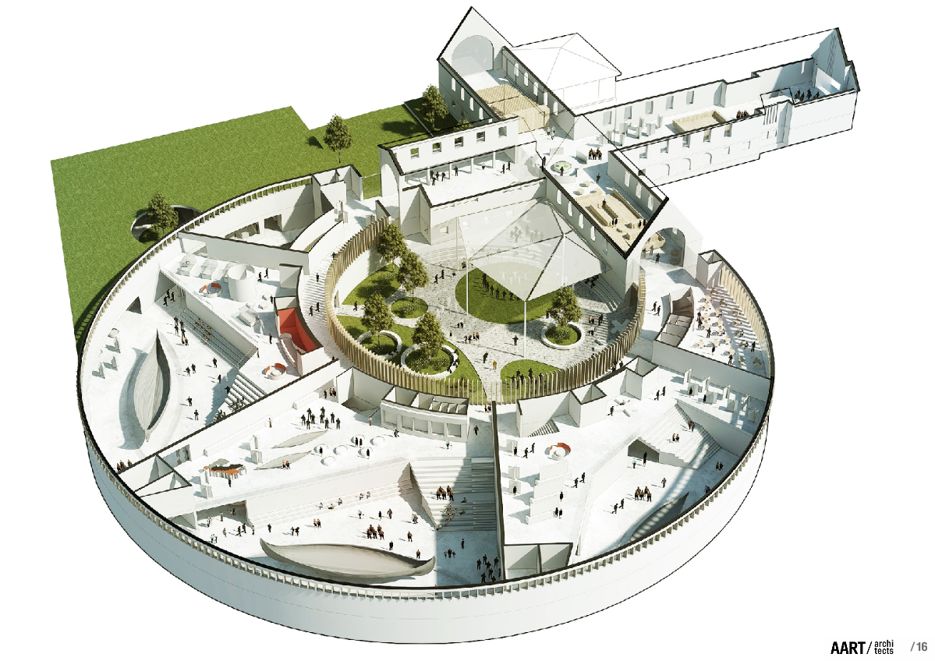Press release -
Vulnerable Viking ships to be saved for posterity
Many of the unique treasures from the Oseberg find are so fragile that experts must investigate how much vibration they can withstand. As a new, state-of-the-art museum is being built next to the existing Viking Ship Museum at Bygdøy in Oslo, it is therefore very important that building work proceeds with caution.
NGI has been commissioned by Hjellnes Consult to assist in the design of the new Viking Age Museum. In the first phase, NGI will look at solutions for the excavation of the construction pit and foundations for the new museum.
The new museum will be built as an extension to the existing Viking Ship Museum and will be built without moving the Viking ships and artefacts.
"Consideration for the vulnerability of the Viking ships and the artefacts will form the basis of everything we do," explains project manager and geotechnician, Jenny Langford, at NGI.
Statsbygg is working on an outline project, based on the "Naust" proposal from the Danish AART Architects, who won the architectural competition for the new Viking Age Museum in April 2016. The outline project will be completed on 1 February 2017.

The solution that won the architectural competition for the new Viking Age Museum consists of a building located next to the Viking Ship Museum, as we know it today. (Drawing: AART Architects).
Both construction and safety work
One of the most important tasks for NGI is assessing which methods can be used for excavating and securing the construction pit without it being detrimental to the Viking ships and the irreplaceable artefacts from the grave finds. NGI will adopt a similar approach for assessing methods for foundations on piles.
Statsbygg has appointed two design groups that are working in parallel:
- One of the groups is designing the new museum building and is led by Hjellnes Consult.
- The other group is working on the safety project and is led by Brekke & Strand Akustikk. This group will look at threshold values for vibrations as they relate to the artefacts and Viking ships, among other things.
NGI is responsible for geotechnics and engineering geology in the design group and will assist the safety group with assessments of vibration transfer in the ground.
========
FACTS:
- The Viking Ship Museum and the future Viking Age Museum form part of the Museum of Cultural History at the University of Oslo.
- The current museum, built between 1917 and 1956, houses treasures from the Viking ship finds at Tune in Østfold county, as well as Gokstad and Oseberg in Vestfold county. It was designed for 40,000 visitors per year, but currently attracts 500,000 visitors per year.
- The new museum is designed by AART Architects, who won Statsbygg's open Planning and Design Competition.
- It is estimated that building work will commence in the first half of 2020, with the opening scheduled for 2023.
Further information:
Topics
- Science, technology
Categories
- geotechnical engineering
- vibration
- foundation engineering
- excavation
The Norwegian Geotechnical Institute (NGI) is a leading international centre for research and consulting within the geosciences. NGI develops optimum solutions for society, and offers expertise on the behaviour of soil, rock and snow and their interaction with the natural and built environment.
NGI works within the markets Offshore energy; Building, construction and transportation; Natural hazards, and Environmental Engineering.
NGI is a private foundation with office and laboratory in Oslo, branch office in Trondheim, and daughter companies in Houston, Texas, USA, and Perth, Western Australia. NGI was established in 1953.
